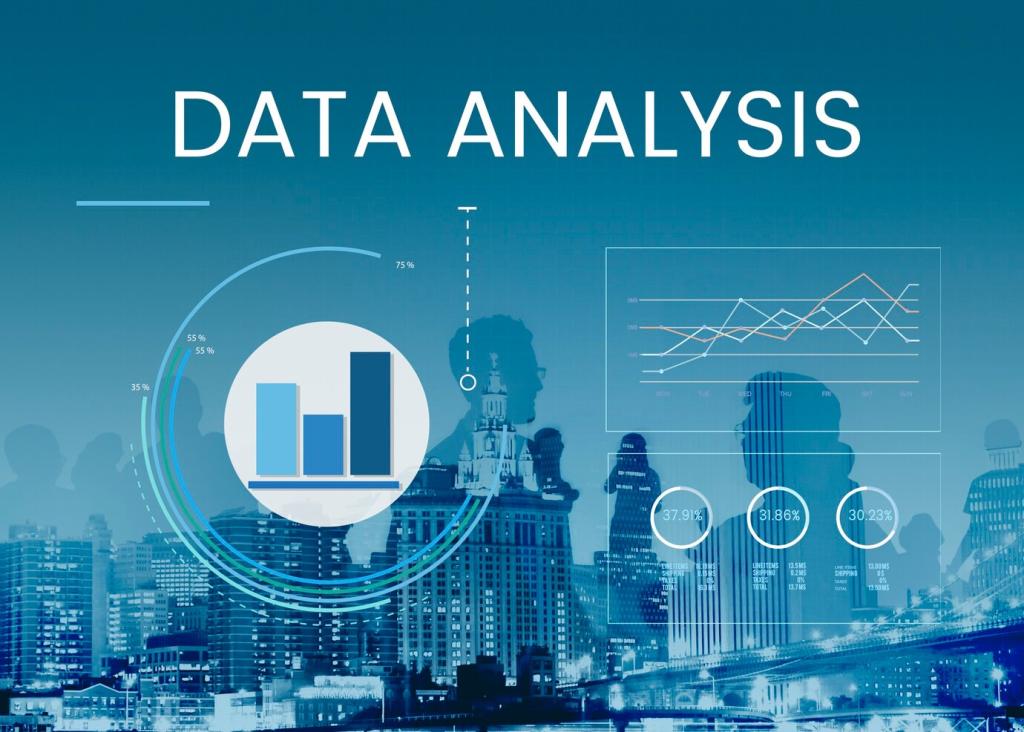
Boosting ROI through Data-Driven Targeted Marketing
Unlock the potential of your marketing campaigns by embracing data-driven targeted strategies tailored to your audience. Businesses today face rapidly evolving customer expectations and fierce competition, making it essential to reach the right people with the right message at the right time. Data-driven targeted marketing leverages analytics, audience insights, and real-time data to optimize every aspect of your marketing efforts. By focusing on precision and personalization, you can dramatically increase your return on investment (ROI), strengthen brand loyalty, and achieve remarkable business outcomes.
Understanding Data-Driven Targeted Marketing
The Shift from Traditional to Targeted Approaches
Traditional marketing methods often involve blanket campaigns meant to attract as many people as possible, regardless of individual needs or interests. In contrast, targeted marketing pinpoints your ideal customer profiles using robust datasets and behavioral analytics. This transition has been accelerated by advances in technology, giving businesses unprecedented access to actionable customer data. By making this shift, marketers are able to allocate resources more efficiently, speak directly to consumer needs, and dramatically reduce wasted ad spend—thus achieving a much higher ROI.
The Role of Analytics in Marketing Precision
Analytics is at the core of effective targeted marketing, empowering brands to understand what their customers truly want and need. By collecting and analyzing data across multiple touchpoints—such as website visits, social media activity, and past purchases—businesses can segment audiences to a granular degree. This enables them to craft highly personalized messages and offers that resonate with each unique group, driving higher engagement and conversion rates. With analytics, marketing no longer relies on guesswork, but instead, on measurable insights that fuel continuous improvement.
Why Personalization Drives Higher ROI
Personalization transforms generic communications into compelling, relevant experiences for your audience. When customers receive content that matches their preferences, interests, and behaviors, their likelihood to engage and make a purchase increases significantly. This targeted approach reduces customer acquisition costs while boosting average transaction values and lifetime value. Ultimately, by treating each customer as an individual, data-driven targeted marketing maximizes both customer satisfaction and your business’s return on investment.
Collecting and Leveraging Customer Data
To achieve successful personalization, marketing teams must first build detailed customer profiles. This involves gathering demographic information, psychographics, purchasing history, and online behaviors. By integrating data from various sources—such as CRM systems, website analytics, and third-party data providers—you assemble a holistic view of each customer. These comprehensive profiles enable marketers to create precise audience segments, ensuring each campaign resonates with its intended recipients and drives optimal results.

Crafting High-Impact Targeted Campaigns
Segmentation is the foundation of targeted marketing, allowing businesses to group customers based on shared characteristics, behaviors, or needs. By leveraging advanced segmentation techniques, marketers can prioritize their highest-value audiences and deliver tailored content designed to drive specific outcomes. Whether segmenting by lifecycle stage, purchase frequency, or personalized interests, a nuanced approach increases engagement rates, nurtures loyalty, and maximizes the effectiveness of each campaign.

